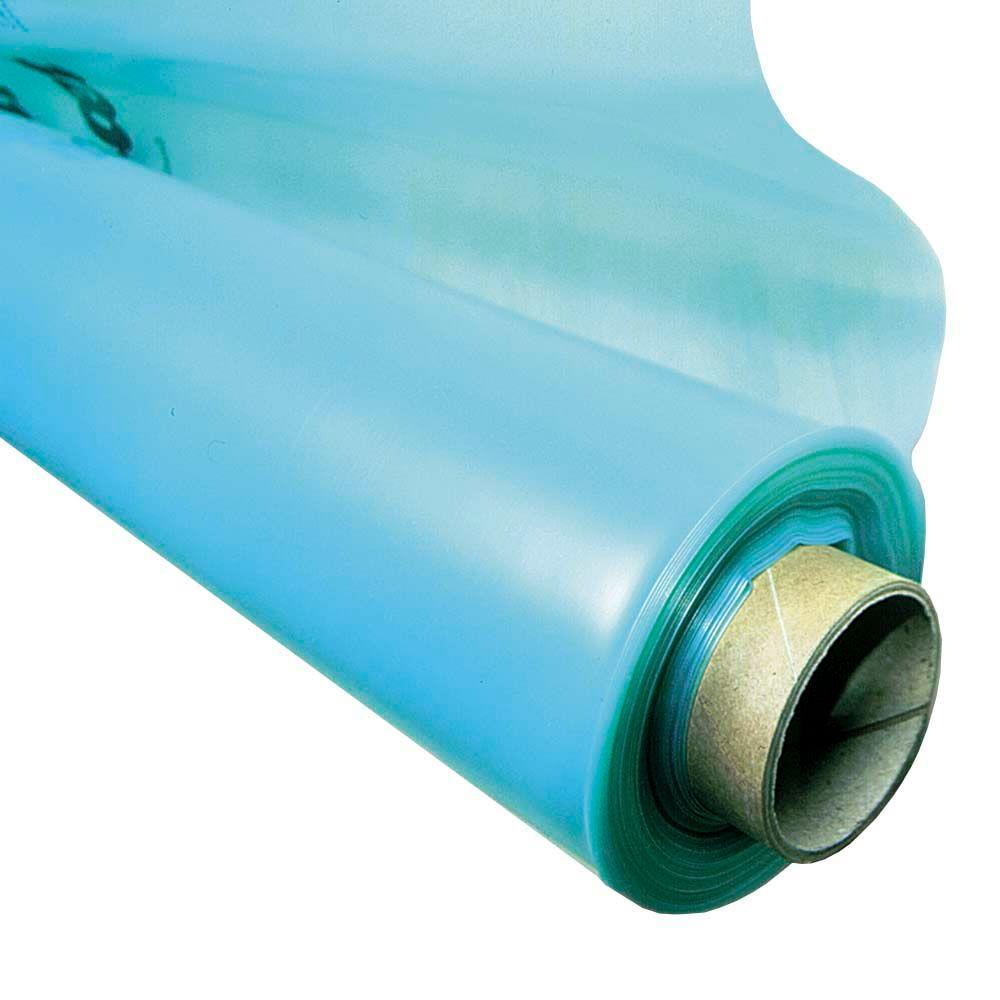
The same ACI committee has made a recommendation that, “If it is determined that a vapor retarder meeting the ASTM E1745 for vapor permeance requirements is not sufficient to protect the flooring material to be installed, then a vapor barrier with a perm rating of. It was therefore considered more appropriate to call these products vapor retarders instead of vapor barriers.” These products only reduce or retard water vapor transmission. Polyethylene, however, does not completely stop the transmission of water vapor.

Then, in ACI 302.2R: Guide for Concrete Slabs that Receive Moisture-Sensitive Flooring Materials, it is stated, “Historically, the construction industry used the term vapor barrier to describe a polyethylene-based material below a concrete slab. True vapor barriers are products that have a permeance (water-vapor transmission rating) of 0.00 perms when tested per ASTM E 96.” ACI 302.1R: Guide for Concrete Floor and Slab Construction states, “Several vapor retarder materials have been incorrectly referred to and used by designers as vapor barriers. So, according to the Building Science Corporation, “A vapor barrier is defined as a layer with a permeance rating of 0.1 perm or less.”Īnd ACI approaches this a little differently still. This, unfortunately, does not define the term vapor barrier-and doesn’t clarify much of anything either. Is it a vapor retarder or is it a vapor barrier? This is a difficult question to answer, of course, as these terms are oftentimes used interchangeably in the construction industry-which is not correct.įor example, within ASTM E1745: Standard Specification for Plastic Water Vapor Retarders Used in Contact with Soil or Granular Fill under Concrete Slabs, a vapor barrier is defined as, “A material or construction that impedes the transmission of water vapor under specified conditions.” Let’s first look at the terms used in the industry. In this article, we will explain the differences and also provide you with some insight regarding usage in order to help you better understand. Perm is assigned both to vapor barriers and vapor retarders, which probably also lends to the confusion regarding just what the actual difference is between these two things amongst members of the building, architectural, and design community. On the flip side, a higher perm rating means the opposite. Low perm ratings mean that any water vapor is going to be faced with difficulty when trying to get through the material. Ultimately, this is referred to as permeability-or the material’s permeance-and both vapor barriers and vapor retarders are scored through a rating system, known as a “perm,” that is centered on permeance and permeability.

Now, this may occur quickly or slowly, but this is a situation that is present, nonetheless. No matter how solid any form of building material may be, a simple fact remains: Water vapor, albeit minimal, will be allowed to pass through the material.


 0 kommentar(er)
0 kommentar(er)
